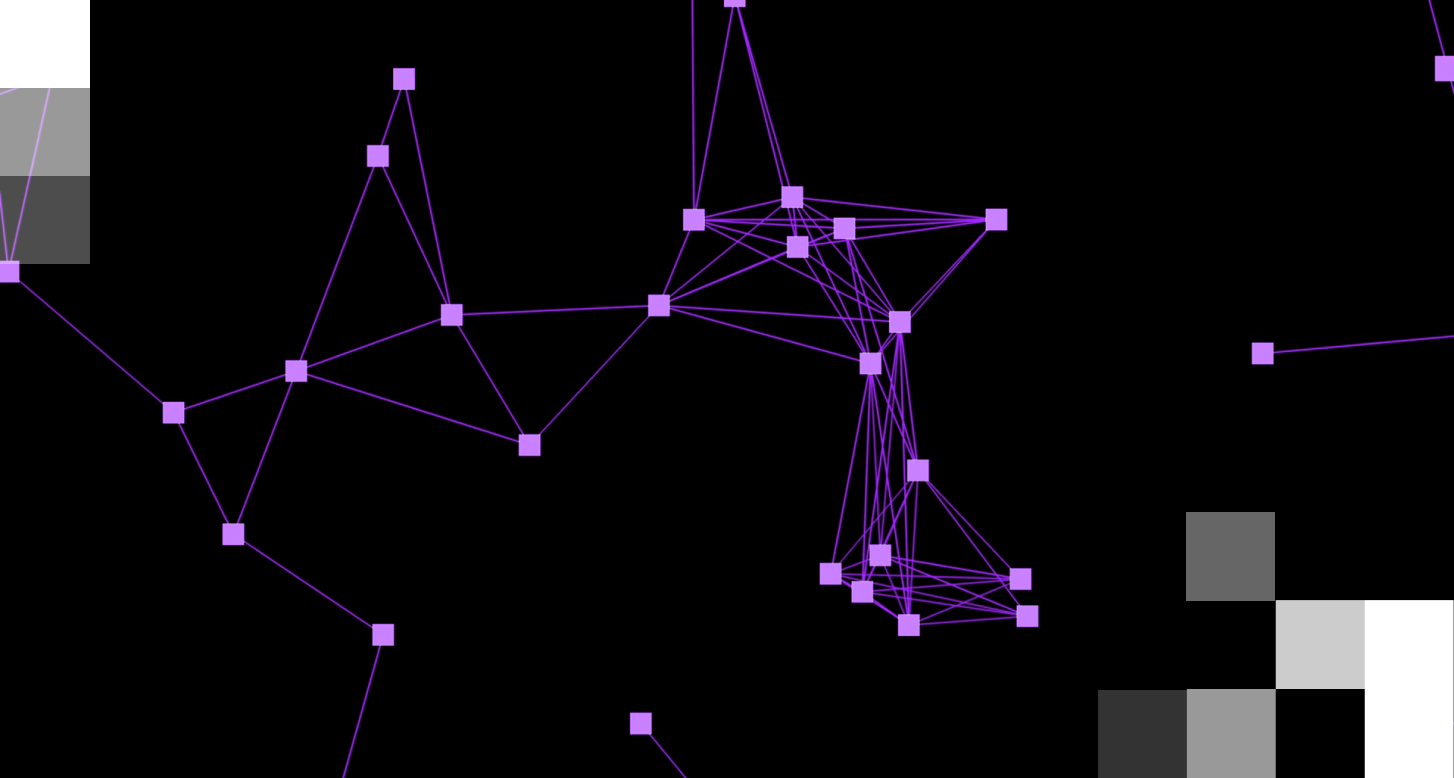Core Services
How can
radiomics.bio support
your clinical trial?
Disease Characterization
With radiomics.bio you can characterize disease using volumetric analysis and radiomic imaging features to enhance your understanding of disease on a patient, organ, or lesion level, leading to insightful and cost-effective clinical trial designs. radiomics.bio also employs longitudinal tumor burden analysis to track progression or regression of all lesions (all organs) over time.

Development of predictive models for lesion and patient response
Response Evaluation
Radiomics provides vital information related to the efficacy of treatment, with radiomics.bio you can measure biological response and validate the mechanisms of actions of therapeutics through the evaluation of phenotypic and anatomical changes of lesions in response to treatment.
The quantification of treatment effect through comprehensive tumor burden assessment provides vital information related to the efficacy of treatment including phenotypic and anatomical changes such as volume, shape and texture to distinguish responding lesions from non-responding lesions.

Dose escalation and selection
Response Characterization
Radiomics allows you to characterize biological response to explore and validate mechanism of actions of your drug. With radiomics.bio you can go beyond the qualitative and non-comprehensive nature of RECIST by fully quantifying the effect of your drug in selected organs or through total tumor burden analysis. The radiomics approach has the potential to identify quantitative markers of treatment response earlier in the course of treatment. This can enable treatment to be adapted, intensified or altered earlier in the course of disease in order to improve patient outcomes.

Response characterization through Total Tumor Burden analysis
Outcome Prediction
You can predict outcome using imaging and clinical data to obtain early insights during clinical trials by leveraging radiomics. With radiomics.bio you can predict disease progression, treatment response, and clinical outcome, supporting clinical and research decision making. Radiomic analysis can also predict which patients are more likely to respond to treatment.
Adverse events and unsuitable patients have the potential to derail the development of therapeutics, which not only subjects patients to incorrect and unnecessary treatments but also leads to significant costs and time loss. Radiomic insights are vital to optimization of patient selection a personalized treatment leading to the successful development of therapeutics.

Response prediction
Central Imaging Services
radiomics.bio optimizes clinical trials not only through advanced image analysis but also through central imaging lab services, including the collection, curation, control and storage of medical images in a clinical trial. We employ our ISO 27001 validated QMS and radiological expertise to provide high quality treatment efficacy assessment services using well stablished methodologies such as the RECIST suite, PERSIST, RANO, etc.

Development of predictive models for lesion and patient response
Disease
Hepatocellular Carcinoma (HCC)
Radiomics Insight
We retrospectively reviewed approximately 120 HCC patients who either received immunotherapy in mono, or in combo (multiple-IO agents) to analyze the magnitude and rate of response to treatment of all segmented lesions. Total tumor burden and radiomic analysis were performed on each lesion (and entire liver organ) on baseline and end of treatment evaluations. In this project we were able to compare and identify patient response in accordance with the therapeutic received.
Furthermore, we were able to identify features correlated to response, for example patients with lower intensity at baseline in lesions and peri-lesion areas correlated with shrinking and growing lesions. Among other predictive models developed, our multivariate model with an AUC of 0.86 could accurately classify lesions into growing or shrinking categories.
Dose escalation and selection
Disease
Metastatic NSCLC & SCLC (Stage IV)
Radiomics Insight
In a Phase 1 Dose Escalation trial, we quantified the total tumor burden change between baseline & a follow up timepoint (BOR) as a function of the dose received. The observed optimal doses based on maximum therapeutic effect were doses D-E.
In this case, the different lesions were mapped between different timepoints to ensure the ability to track lesions through time. Radiomic features were extracted to characterize lesion evolution, the changes were then correlated with dose level. The lesion evolution per organ enabled a better understanding of the evolution of the tumor burden and to study the tumor characteristics in more detail
Response characterization through Total Tumor Burden analysis
Disease
Metastatic Uveal Melanoma
Radiomics Insight
In this clinical study we were able to provide a comprehensive characterization of response through total tumor burden analysis, organ-specific monitoring, descriptive analysis volumetric evolution of lesions and quantitative imaging biomarkers to capture the complexity of treatment response in highly metastatic disease. We extracted key information from the longitudinal analysis of radiomic features which revealed distinct temporal evolution patterns between progressive and responsive lesions, with significant differences observed in shape, intensity, and texture characteristics and more. These insights allowed for informed decision-making in drug development which would ultimately improve patient care through more precise treatment response evaluation.
Response prediction
Disease
Advanced NSCLC
Radiomics Insight
In this example we were able to develop a model that could identify patients with advanced NSCLC who were more likely to benefit from immunotherapy to improve the success rates due to better selection of trial patients. A delta-radiomic signature was developed to analyze NSCLC patients treated with PD-1/PD-L1 inhibitors. Radiomic analysis was performed on pre-treatment and follow-up contrast-enhanced CT after 2 to 4 treatment cycles, in addition to these scans, clinical data and demographic data were collected. The model could successfully determine response at just 6 months.

